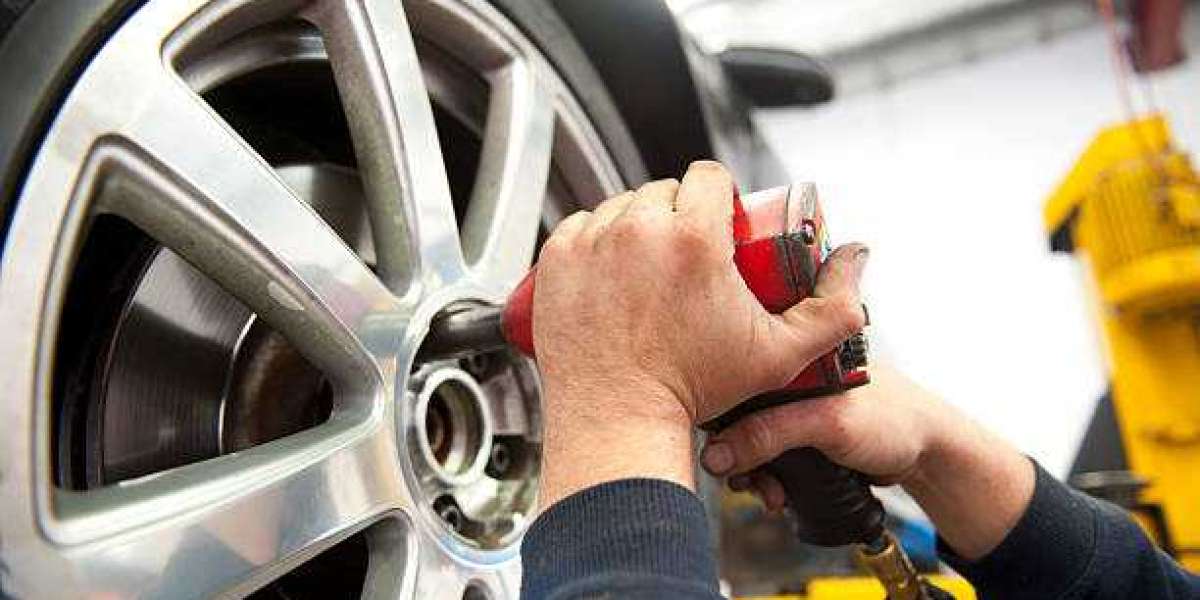Dubai, synonymous with luxury, innovation, and unmatched grandeur, tells a fascinating story of progress. From its modest beginnings as a desert settlement to becoming a global icon of modernity, Dubai’s journey reflects visionary leadership, resilience, and strategic planning. Let’s dive into the milestones that took Dubai from Sand Dunes to Skyscrapers and transformed it into the dazzling city we admire today.
Early Days: A Trading Hub in the Desert
Dubai’s origins date back to the 18th century, when it was a small fishing village on the shores of the Arabian Gulf. Its strategic location by a natural creek made it a hub for fishing, pearling, and trade. Merchants from Persia, India, and Africa were drawn to its vibrant trading economy, while the discovery of freshwater further boosted its role as a key trading port. These early economic foundations set the stage for Dubai’s transformation from Sand Dunes to Skyscrapers.
The Turning Point: The Oil Boom
The discovery of oil in 1966 was the turning point in Dubai’s history. This newfound wealth gave Sheikh Rashid bin Saeed Al Maktoum the resources to revolutionize the economy. Understanding the risks of relying solely on oil, Sheikh Rashid invested in modern infrastructure, including roads, airports, and seaports. These developments not only supported the oil industry but also diversified Dubai’s economy, ensuring long-term growth.
Under his leadership, Dubai began its journey from Sand Dunes to Skyscrapers, laying the groundwork for a city that would become a global hub for trade, tourism, and innovation.
Visionary Leadership and Ambitious Development
The leadership of Sheikh Rashid and later Sheikh Mohammed bin Rashid Al Maktoum fueled Dubai’s rapid development. Bold urban planning led to the creation of architectural marvels like the Burj Al Arab and Palm Jumeirah, which captured the world’s imagination. By fostering a business-friendly environment, Dubai attracted international investments, becoming a hub for trade, tourism, and cutting-edge technology.
Tourism and Business: The Engines of Growth
By the 1990s, Dubai had firmly established itself as a luxury tourism destination. Visitors flocked to the city to experience its opulent shopping malls, luxurious resorts, and record-breaking attractions like the Burj Khalifa.
Simultaneously, Dubai positioned itself as a global financial hub with the establishment of the Dubai International Financial Centre (DIFC). Its tax-free policies and world-class infrastructure attracted multinational corporations and entrepreneurs, driving its economic success.
Resilience Through Challenges
Dubai’s journey from Sand Dunes to Skyscrapers wasn’t without challenges. The global financial crisis of 2008 dealt a significant blow, particularly to its real estate sector. However, Dubai’s leadership demonstrated remarkable resilience, focusing on long-term strategies like investing in renewable energy, technology, and sustainable development. These efforts helped Dubai recover and solidify its reputation as a hub for innovation.
Dubai Today: A Modern Icon
Today, Dubai is a global leader in luxury, innovation, and sustainability. Its iconic skyline, featuring the Burj Khalifa, Palm Jumeirah, and the Museum of the Future, symbolizes progress and ambition. Each year, millions of tourists and businesses visit Dubai, drawn by its unique blend of opulence, entertainment, and technological advancements. Initiatives like the Dubai Solar Park highlight Dubai’s commitment to a sustainable future.
The Future: Pioneering New Heights
The story of Dubai’s transformation from Sand Dunes to Skyscrapers is far from over. With futuristic projects like the Dubai Creek Tower and advancements in artificial intelligence and smart city technologies, Dubai’s vision for the future remains bold. Its focus on sustainability, entrepreneurship, and innovation ensures that the city will continue to lead on the global stage.
Conclusion
Dubai’s journey from a humble desert settlement to a global powerhouse showcases the power of visionary leadership and strategic foresight. Its transformation from Sand Dunes to Skyscrapers is a testament to what determination and ambition can achieve. As Dubai continues to evolve and embrace the future, it stands as an inspiring example of resilience and progress for the world to admire.














